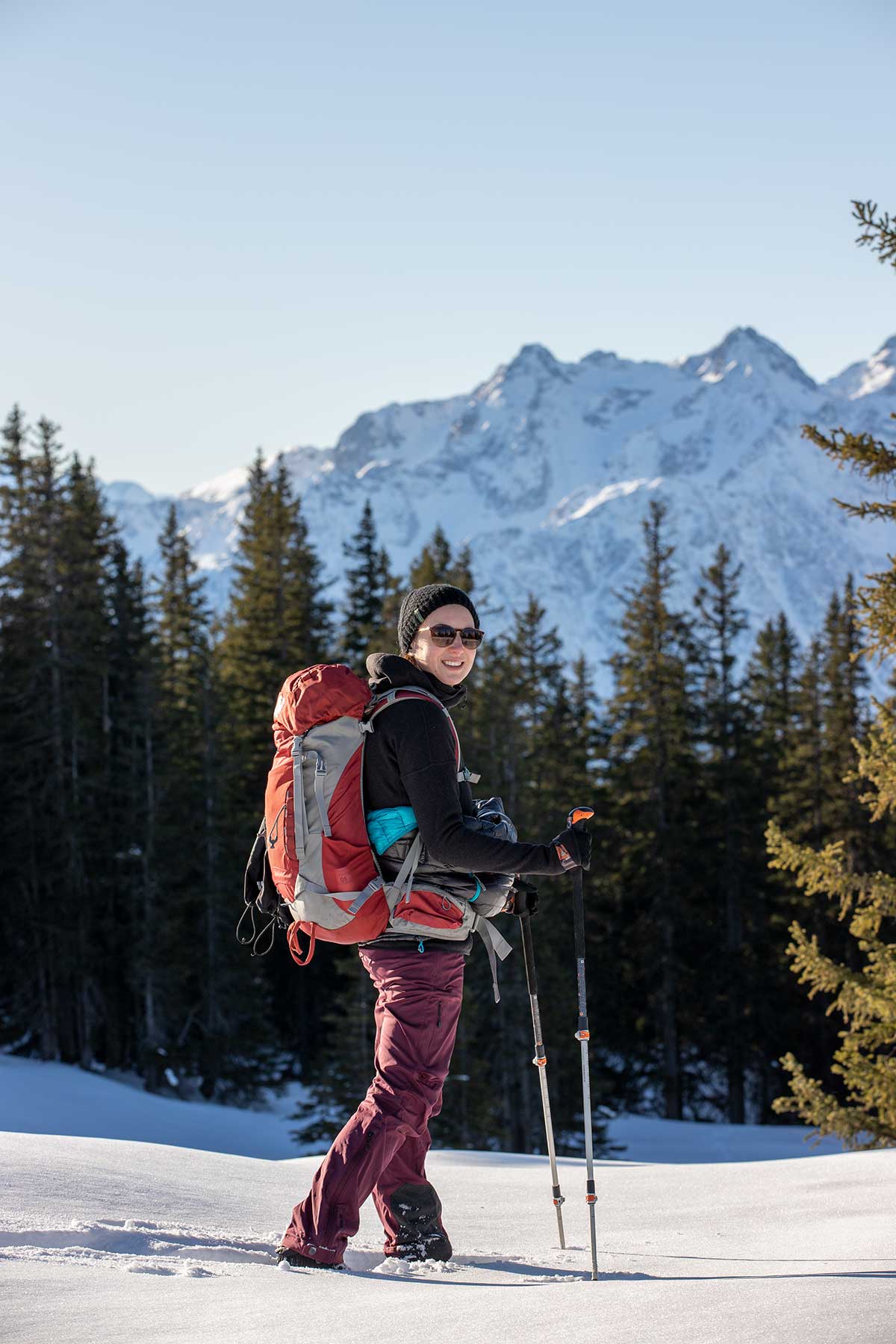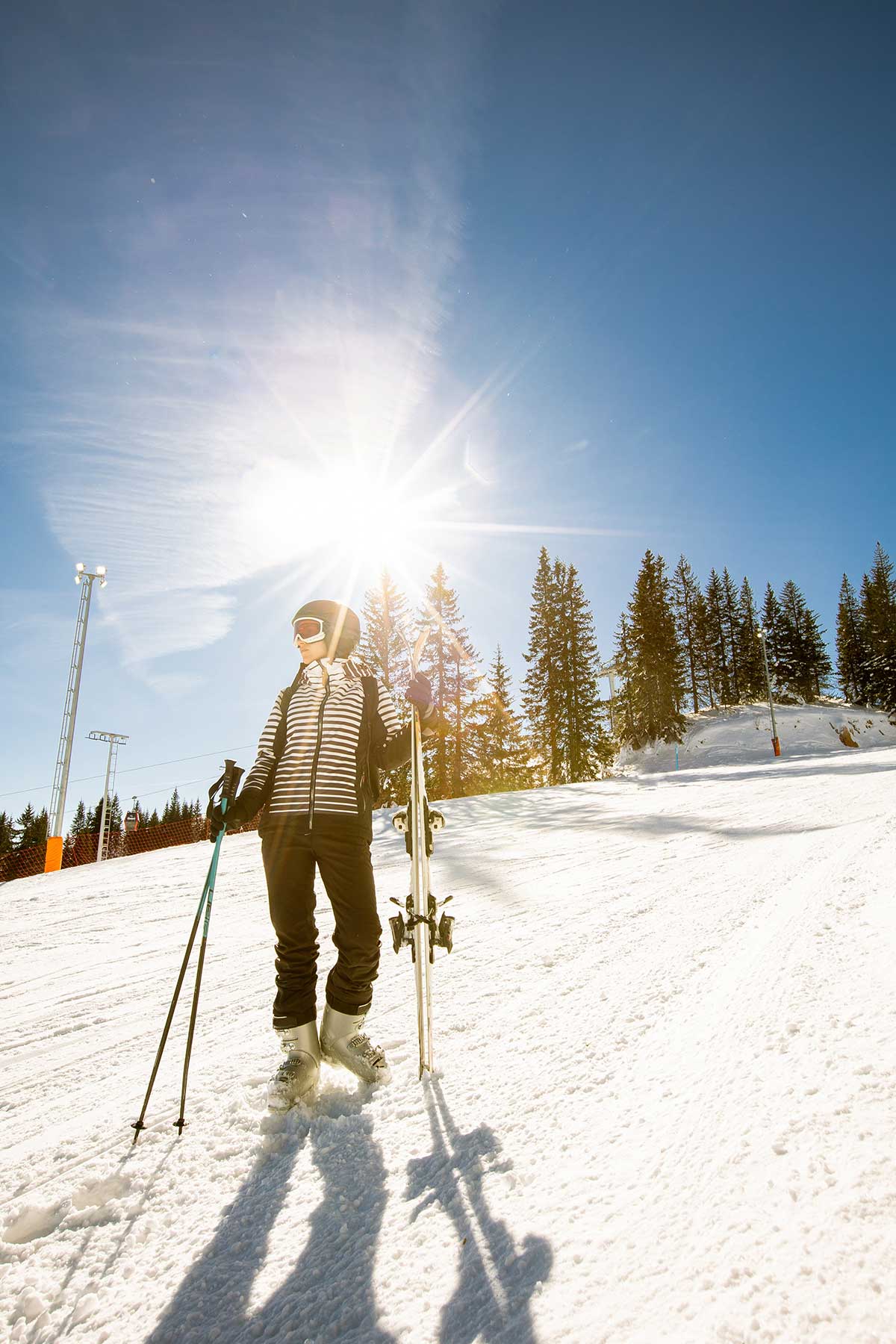
Skiing Through History: Evolution of Ski Equipment and Techniques
When winter arrives, it's time to hit the slopes for the adrenaline rush skiing is known for. Skiing is more than just a recreational or athletic activity. It gives a journey into the past that showcases the ingenuity of humans in adapting to their snowy environments. So let us look at how skiing through history has shown the evolution of ski equipment and techniques.
What is skiing?
Skiing is a well-loved winter sport and recreational activity wherein we glide down snow-covered slopes on skis. Switzerland, France, Canada, USA, Austria, and Finland, are some of the countries known for amazing skiing slopes.
Skis are long, narrow boards strapped to the feet, often accompanied by ski poles for balance and momentum. Professionals who compete in skiing competitions and outdoor enthusiasts equally enjoy the activity. But beyond its physical demands, skiing offers a unique opportunity to engage with winter landscapes and outdoor exploration, making it a versatile and inclusive activity.
Skiing History

Skiing is thought to have originated in the snowy regions of Scandinavia and Siberia. It was initially used for traveling through deep snow as those countries are known for their harsh winter conditions. Evidence of this practice dates back to 4,000 years ago with the discovery of ski-like objects in Sweden and Norway.
Historical references to skiing can also be found in China's Han Dynasty and the Sámi, living in snowy regions. They developed skiing for hunting, documented since Roman times.
Nordic and Scandinavian Roots
Scandinavia takes the limelight for the history of skiing. The word "ski" is believed to originate from Old Norse, highlighting the historical ties between skiing and the Nordic regions. Norse sagas also describe the use of skis.
Military Use of Skiing
Surprisingly, the military also used skiing. Norwegian and Swedish ski troops used skis for warfare across multiple countries from the 15th to 17th centuries. The first Norwegian skiing manual was written in 1733.
The military use of skiing continued up to the 20th century. Ski troops played significant roles in World War I and World War II. Many veterans, specifically from World War II, promoted skiing as a recreational sport upon returning to their regular lives.
The Birth of Modern Skiing
In the late 19th century, skiing transitioned from a practical mode of transportation to a recreational activity. The Telemark regions are to be credited for such significant contributions. The Telemark turn enabled skiers to make controlled turns, revolutionizing the sport of skiing.
The 20th Century Growth
The 20th century showed a surge in the popularity of skiing with the advent of ski resorts. With such beginnings came ski competitions and the development of the Alpine skiing technique. It later became a part of the Winter Olympics.
In the latter half of the century, skiing continued to evolve. The use of materials, like plastic and fiberglass, increased its accessibility. The invention of snowmaking technology revolutionized the industry by guaranteeing consistent conditions at ski resorts on days when there is less snowfall.
Today's Love Affair With Skiing
Skiing has become a global phenomenon, making it an enjoyable recreational activity for almost any adventure seeker. With various disciplines, such as cross-country skiing, downhill skiing, freestyle skiing, and ski touring, there's a ski adventure for just about anyone.
Skiing's impact transcends beyond the sport. It has become a cultural phenomenon, contributing significantly to employment and tourism, making it a viable part of a country's economy. The skiing industry is also conscious of its role in assuring sustainable practices to protect the natural environment it gets its livelihood.
Skiing Equipment

From wooden planks for transportation to today's sophisticated high-tech gear, skiing has showcased the enduring human quest for safety, performance, and an enhanced skiing experience.
The Wooden Skis
Skiing began with the humble wooden skis, made from various types of wood and fitted with leather straps or bindings. They serve as essential tools for more efficient traveling, hunting, and survival in snowy regions.
The Inception of Bindings
Ski bindings, which connect ski boots to skis, evolved with the popularity of ski lifts, differentiating between Alpine and Nordic skiing styles. Early bindings secured the boot's toe to the ski with straps or cables while later models introduced the ability to release the boot sideways and forwards/backwards to prevent fall injuries.
The Use of Metal Edges and Synthetic Materials
The mid-20th century witnessed the use of steel metal edges that improved ski control on icy slopes. The use of lightweight synthetic materials, like fiberglass and plastic, made skiing became more responsive and accessible. They facilitated the development of shaped skis that made skiing a more enjoyable experience, even for noobs who just started to venture into the sport.
Boots and Bindings for Comfort
Modern ski boots offer adjustable buckles, heat-moldable liners, and different flex ratings to ensure optimal precision, comfort, and safety for skiers of all levels.
Bindings have also evolved to incorporate safety mechanisms, like release mechanisms and adjustable features to reduce the risk of injury while catering to individual preferences and skill levels.
The 21st Century Skis
In the 21st century, skiing saw the rise of shaped skis that improved carving ability, making turns easier, and enhancing speed control. Advancements in ski technology introduced carbon fiber and smart features, such as electronic bindings, boot heaters, and tracking systems, providing skiers with lightweight, high-performance gear and a more personalized slope experience.
Skiing Trends and Innovations
Looking ahead, the future of skiing equipment promises to bring continued evolution, with focus on lighter and more durable materials, along with advancements in data analytics and design. These innovations expect to enhance the safety and performance of skiing gear and offer new horizons and exciting possibilities in the sport.
Slide and Glide Down the Slopes in Baleaf Style
Slay the terrains of France, Switzerland, Sweden, or Norway, this ski season in Baleaf style. Stay warm, dry, and cozy with our amazing base layers, such as thermal tops and bottoms. They're lightweight and have the moisture-wicking abilities that feel like second skin. Wearing them lets you freely slide down the slopes in style.




